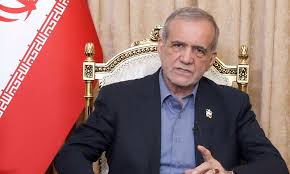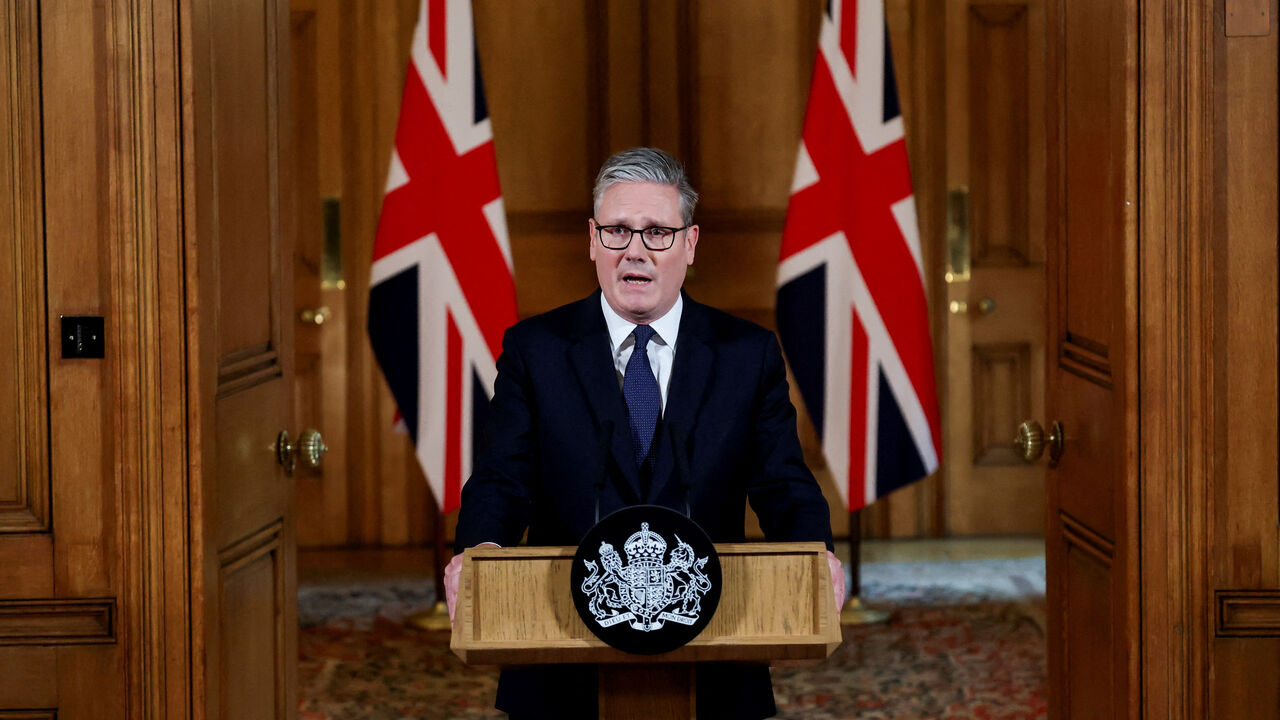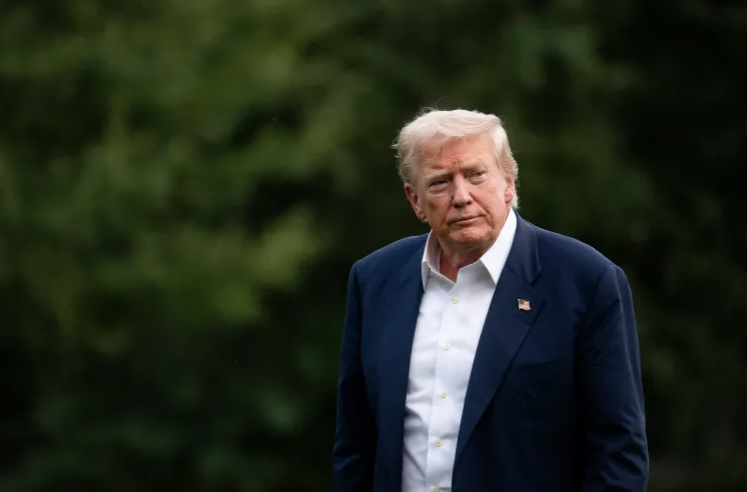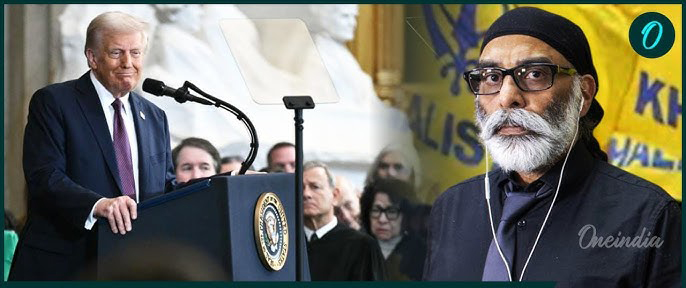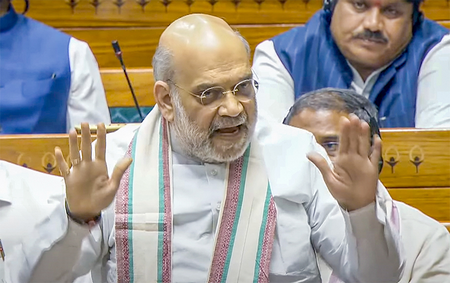WORLD NEWS
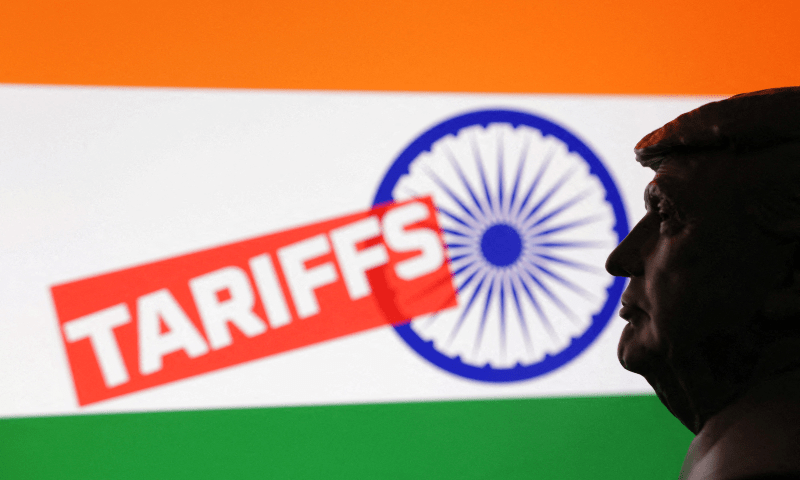
U.S. President Donald Trump has issued a strong warning to India, saying a long-awaited bilateral trade deal remains unfinished and that higher tariffs on Indian exports could follow if no agreement is reached by August 1.
Speaking to reporters aboard Air Force One, Trump acknowledged India as a “good friend” but criticized its historically high tariffs.
“India has charged basically more tariffs, almost more than any other country,” Trump said. “That will come to an end.”
His remarks come in response to a Reuters report suggesting that India is preparing to accept increased U.S. tariffs — possibly up to 25% — on its exports in the absence of a deal, while withholding further concessions ahead of the fast-approaching deadline.
Temporary Pressure or Long-Term Standstill?
While U.S. officials emphasize they are seeking a “good deal, not a fast one,” Indian negotiators are hoping to finalize a comprehensive trade agreement by October, with broader trade talks resuming in mid-August during a planned U.S. delegation visit to New Delhi.
“Talks are progressing well,” an Indian official told Reuters, suggesting Trump’s tariff threat might be a temporary negotiating tactic.
However, the threat comes amid broader U.S. tariff plans, with Trump recently warning that countries without trade agreements could soon face 15–20% “world tariffs”, far beyond the 10% tariff imposed in April. The U.S. Trade Representative plans to notify around 200 countries of the new rates.
Ceasefire Claims Add Complexity
Trump also reiterated his claim that he helped broker a ceasefire between India and Pakistan earlier this year — a statement India has officially denied.
“That was great,” Trump said, describing his friendship with Prime Minister Narendra Modi.
Analysts believe these claims may have created additional diplomatic tension, complicating trade negotiations.
Sticky Issues: Agriculture & GMOs
Despite some progress, key sticking points remain. India has reportedly offered tariff cuts on a wide range of goods and agreed to reduce non-tariff barriers, but agriculture and dairy sectors remain off-limits.
India continues to reject U.S. demands to allow imports of genetically modified (GM) soybean and corn, as well as access to its sensitive dairy market, citing food safety and domestic industry concerns.
$129 Billion Trade Relationship at Stake
Total goods trade between the U.S. and India reached $129 billion in 2024, with India enjoying a $46 billion surplus. Indian officials hope to use this leverage to secure preferential treatment compared to other BRICS nations — especially as the U.S. ramps up pressure over Russian oil purchases and de-dollarisation efforts.
“We remain hopeful of securing a deal that gives Indian exporters preferential access,” said another Indian government official.
With the August 1 deadline looming, the next few days could determine whether cooperation or confrontation defines the next phase of U.S.-India trade relations.
